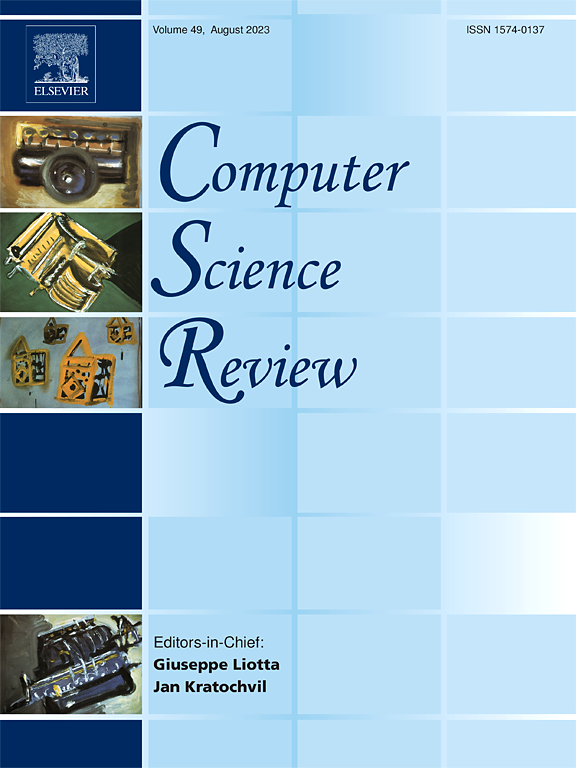Autoscaling techniques in cloud-native computing: A comprehensive survey
IF 12.7
1区 计算机科学
Q1 COMPUTER SCIENCE, INFORMATION SYSTEMS
引用次数: 0
Abstract
Autoscaling, the core technology of cloud-native computing, dynamically adjusts computing resources as per application load fluctuations in order to improve scalability, cost efficiency, and performance continuity. By doing so, autoscaling enables widespread adoption of cloud-native computing across various industries; consequently, autoscaling techniques are critical for supporting the cloud-native paradigm. This study aims to provide a comprehensive survey of cloud-native autoscaling techniques, offering a unified understanding of current approaches and identifying unresolved issues. First, autoscaling algorithms and mechanisms are each classified into three types. Through this classification framework, a wide range of scaling algorithms, from threshold-based reactive policies to artificial intelligence (AI)-based proactive policies, are examined, and their respective advantages and limitations are analyzed. Next, the study comprehensively investigates and summarizes the experimental environments, datasets, and performance metrics used for evaluating autoscaling techniques. Furthermore, it systematically discusses key considerations for optimizing autoscaling techniques across the lifecycle of cloud-native applications by dividing the process into three distinct stages. In addition, this study provides a comprehensive review of cyberattacks that exploit autoscaling and the corresponding mitigation strategies. Finally, it discusses open issues, future directions, and research opportunities related to autoscaling in cloud-native computing.
云原生计算中的自动缩放技术:全面调查
自动缩放是云原生计算的核心技术,它可以根据应用程序负载的波动动态调整计算资源,从而提高可伸缩性、成本效率和性能连续性。通过这样做,自动伸缩使云原生计算在各个行业得到广泛采用;因此,自动缩放技术对于支持云原生范式至关重要。本研究旨在提供云原生自动扩展技术的全面调查,提供对当前方法的统一理解,并确定未解决的问题。首先,自动缩放算法和机制分为三种类型。通过这一分类框架,研究了从基于阈值的被动策略到基于人工智能(AI)的主动策略的各种缩放算法,并分析了它们各自的优势和局限性。接下来,该研究全面调查和总结了用于评估自动缩放技术的实验环境、数据集和性能指标。此外,通过将流程划分为三个不同的阶段,系统地讨论了在云原生应用程序的生命周期中优化自动扩展技术的关键注意事项。此外,本研究还全面回顾了利用自动扩展的网络攻击和相应的缓解策略。最后,讨论了与云原生计算中的自动伸缩相关的开放问题、未来方向和研究机会。
本文章由计算机程序翻译,如有差异,请以英文原文为准。
求助全文
约1分钟内获得全文
求助全文
来源期刊

Computer Science Review
Computer Science-General Computer Science
CiteScore
32.70
自引率
0.00%
发文量
26
审稿时长
51 days
期刊介绍:
Computer Science Review, a publication dedicated to research surveys and expository overviews of open problems in computer science, targets a broad audience within the field seeking comprehensive insights into the latest developments. The journal welcomes articles from various fields as long as their content impacts the advancement of computer science. In particular, articles that review the application of well-known Computer Science methods to other areas are in scope only if these articles advance the fundamental understanding of those methods.
 求助内容:
求助内容: 应助结果提醒方式:
应助结果提醒方式:


